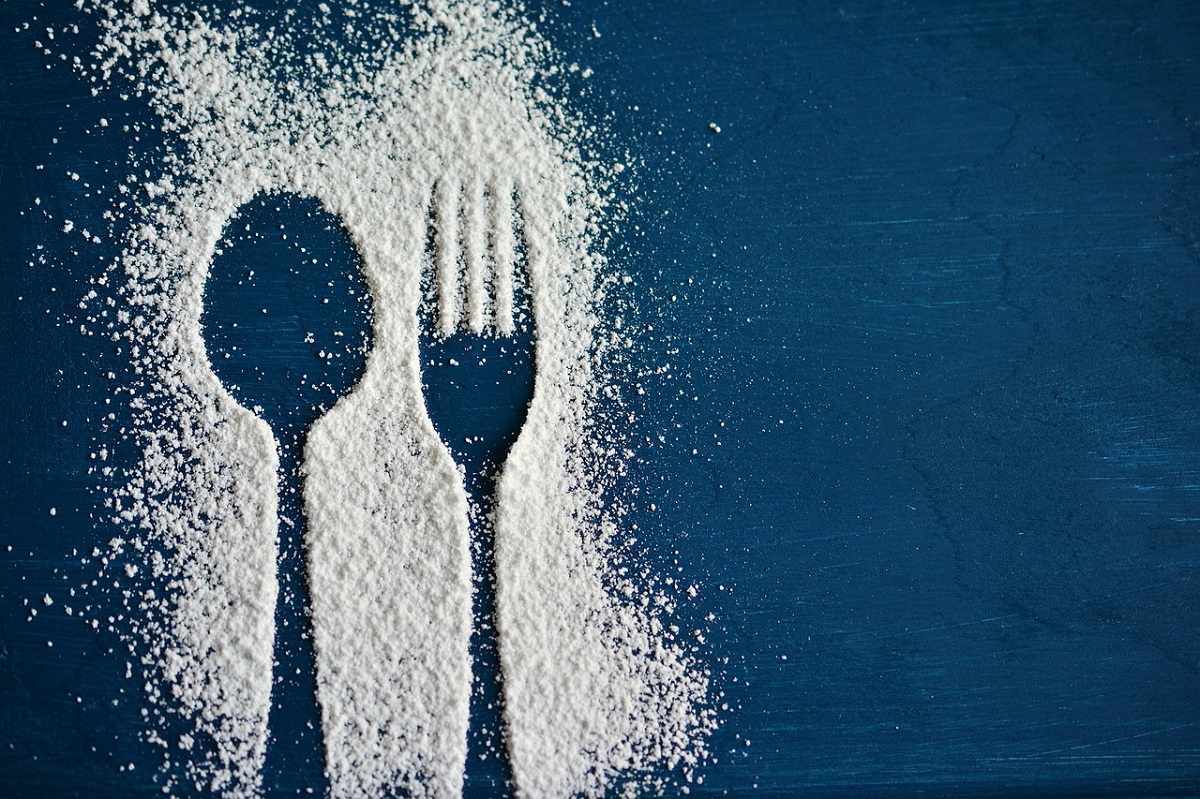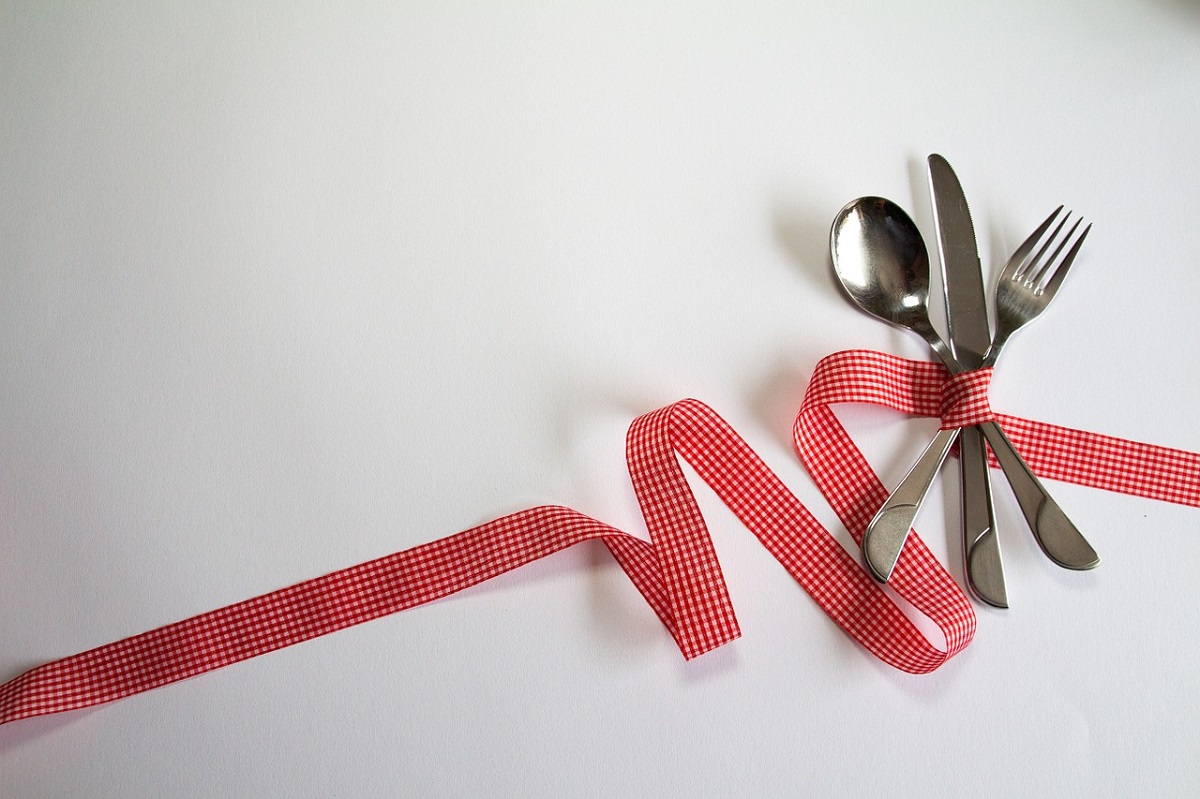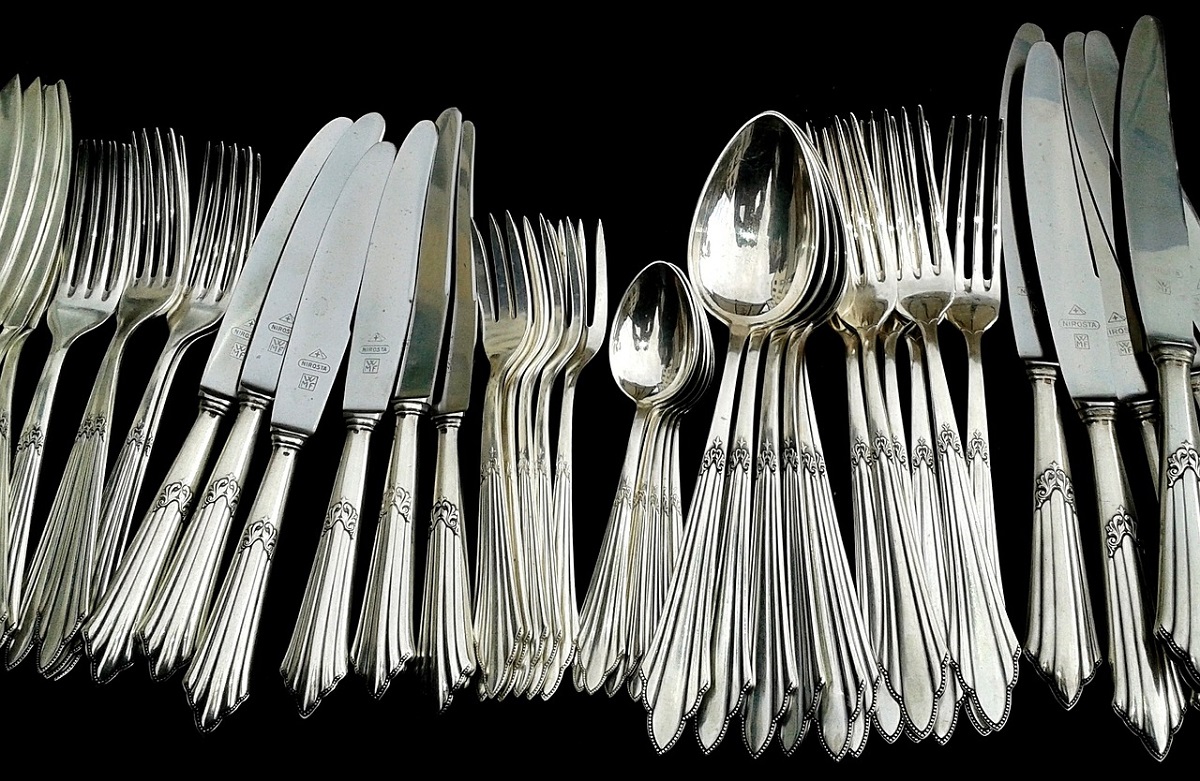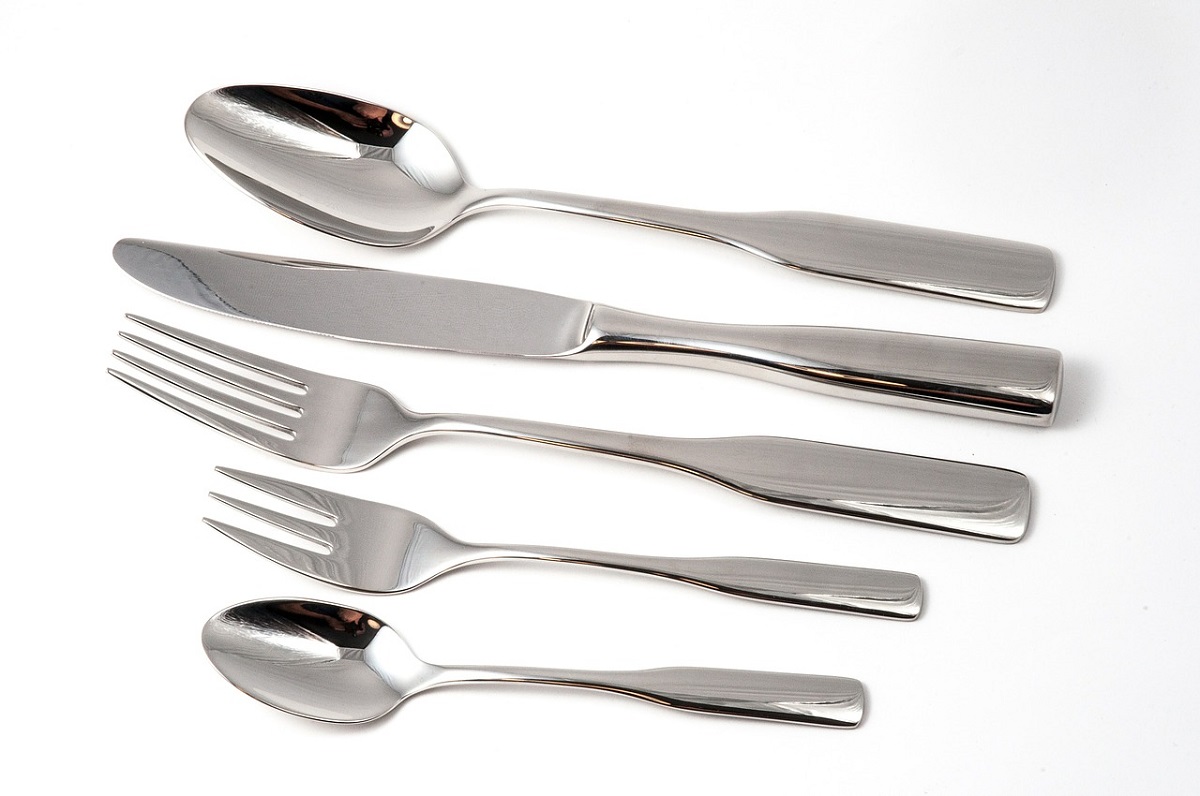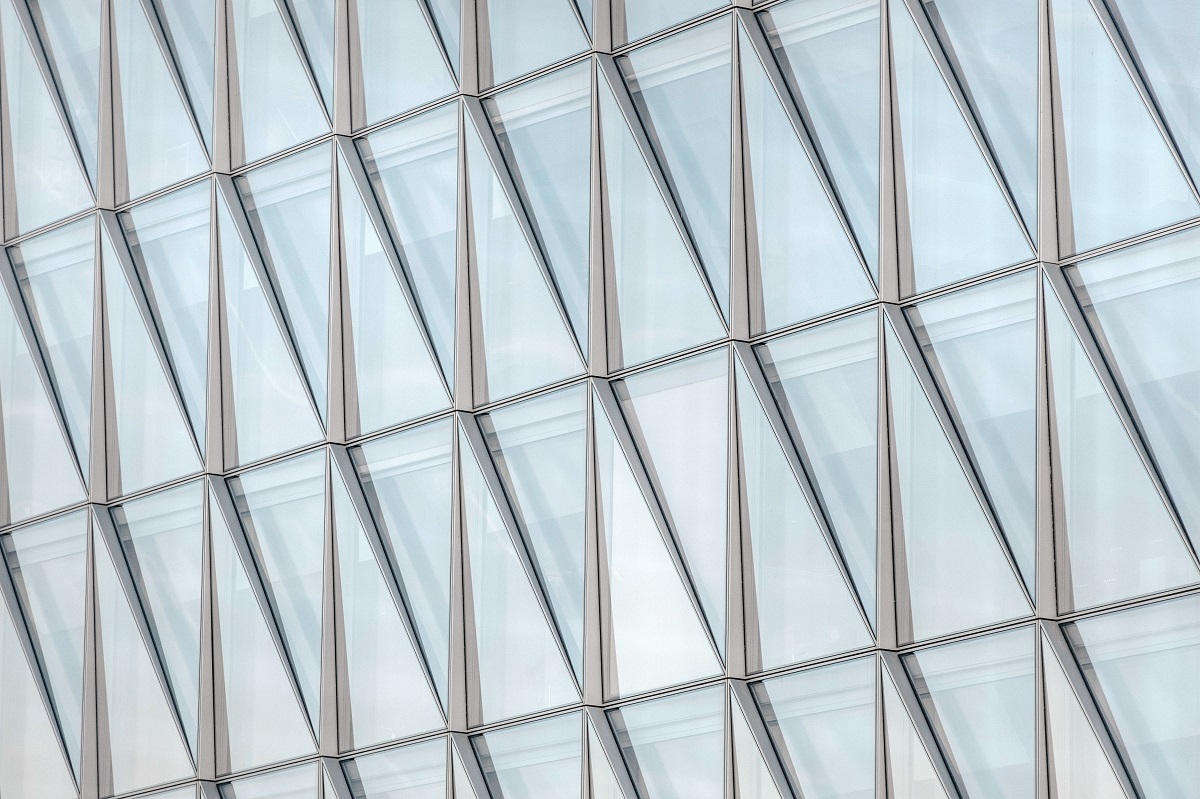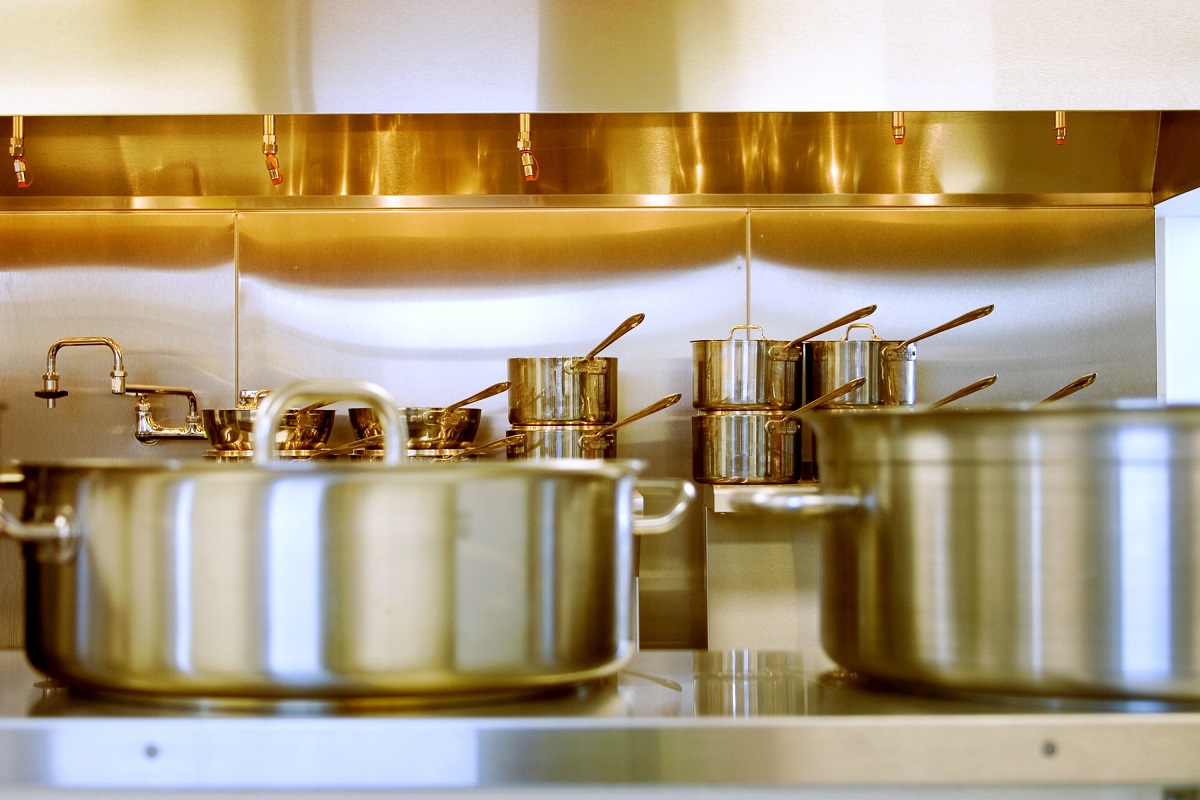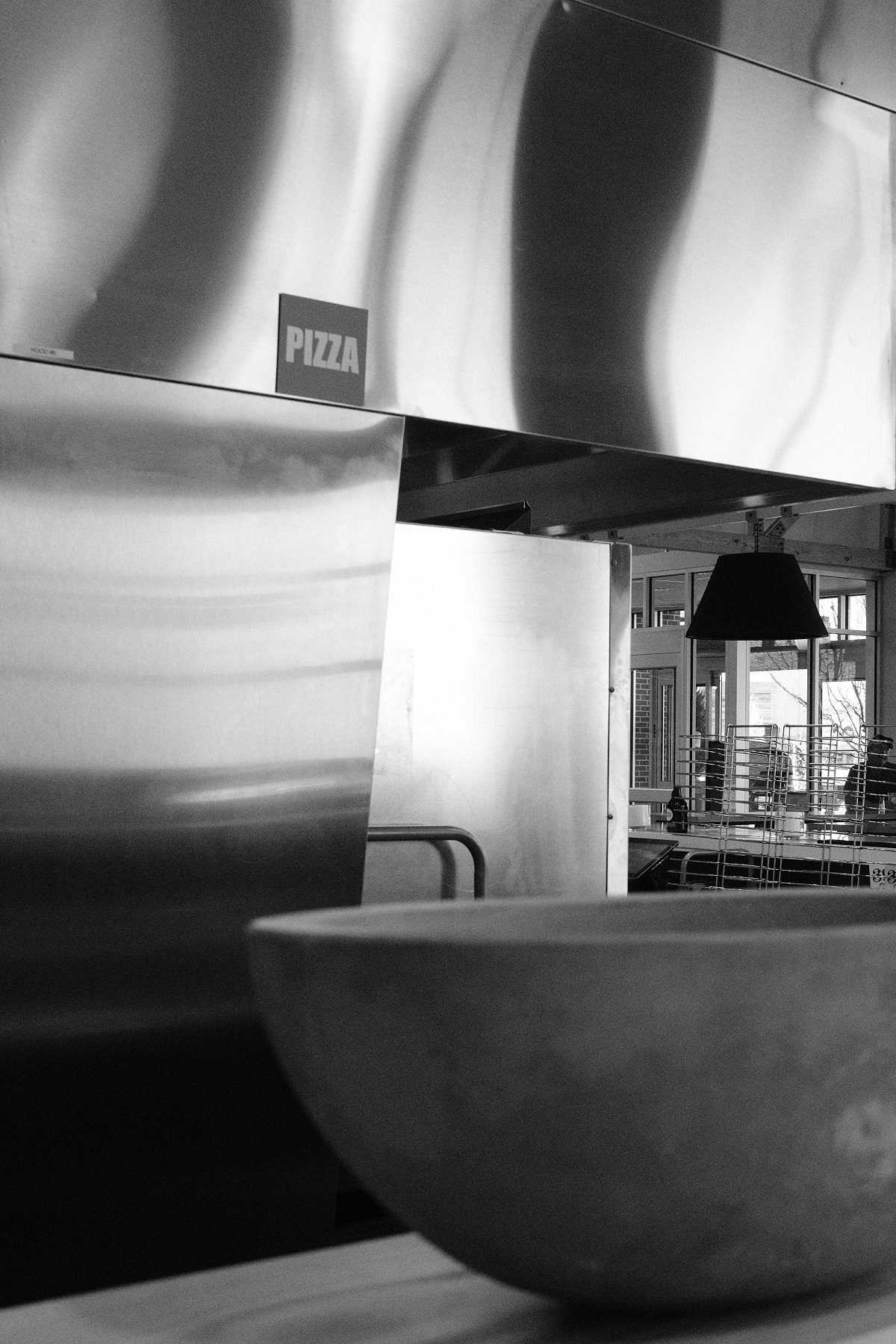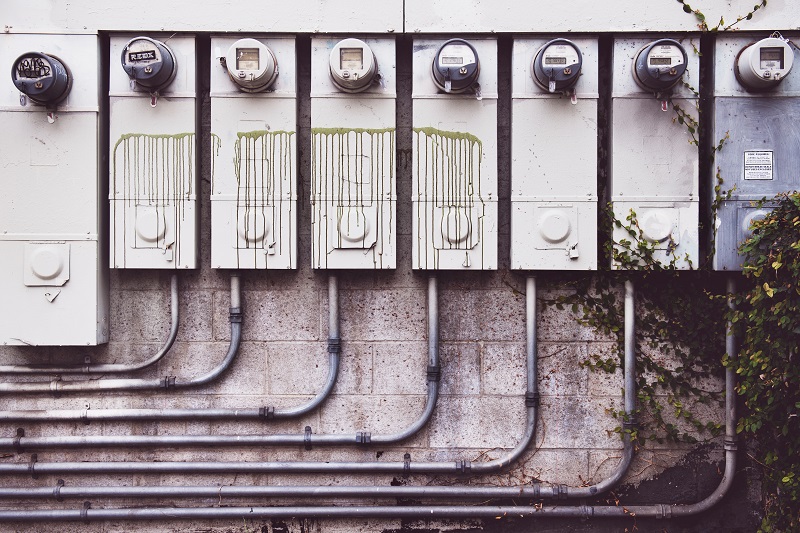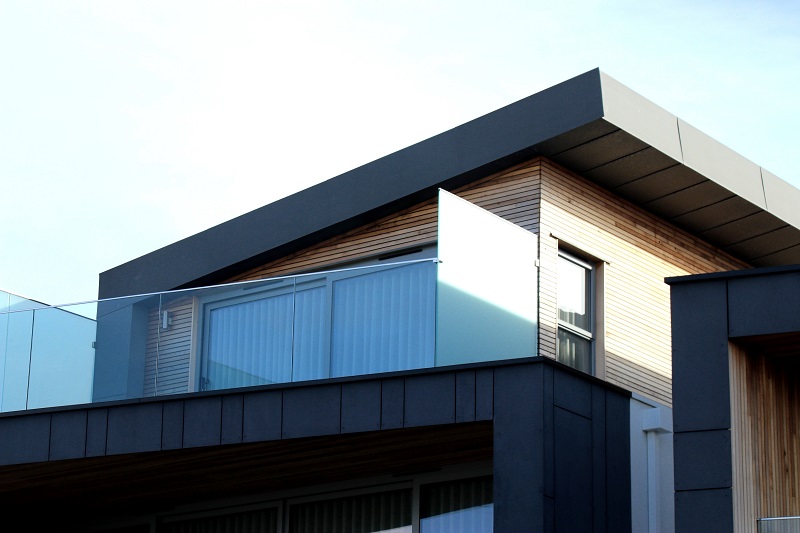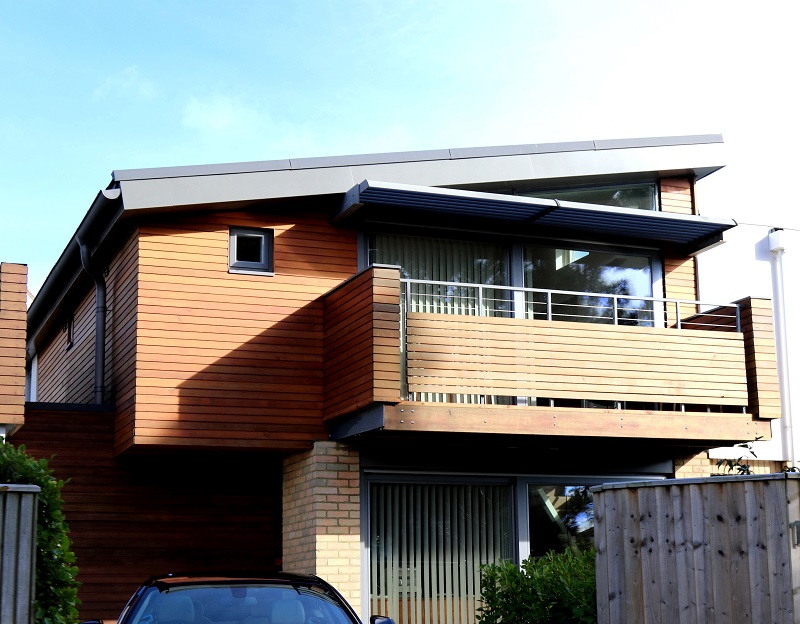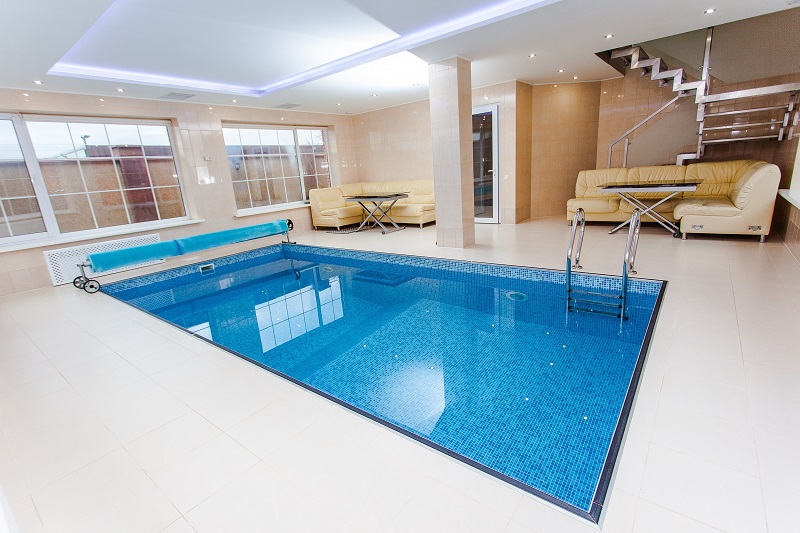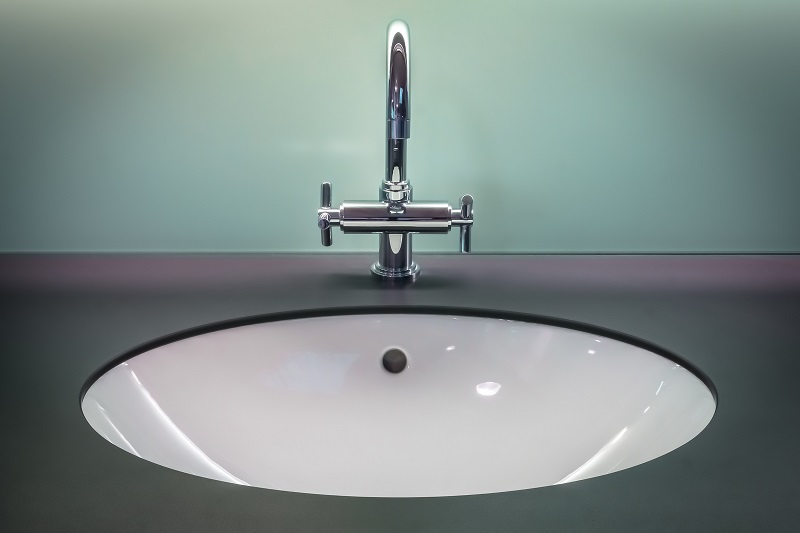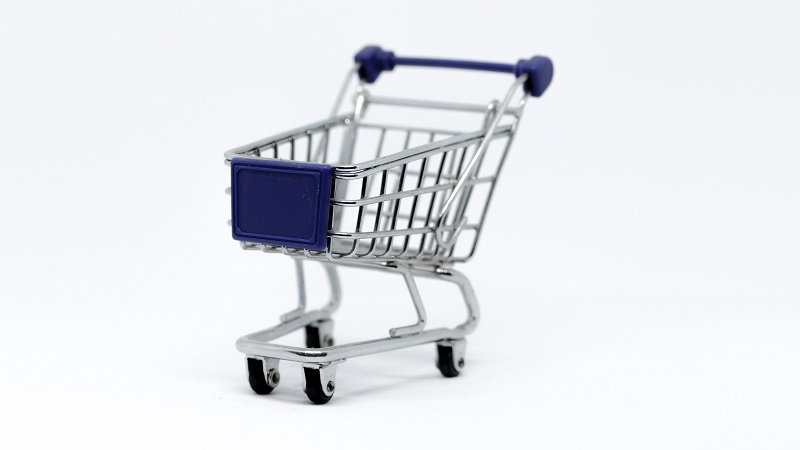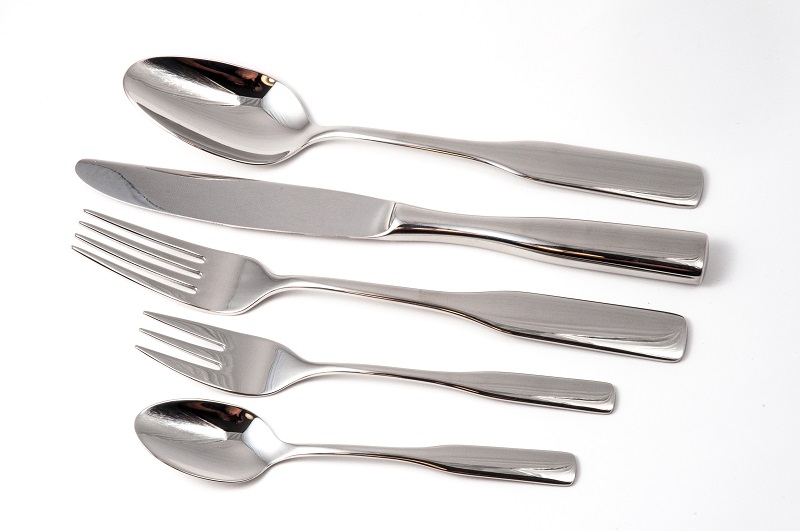What are the different types of steel safes to secure your belongings?
- Compact Safe
- Safes that can withstand environmental disasters
- Lockbox Safe
- Wall Safe
- Diversion Safe
- Kinds of locks
A safe must be made of high-quality steel in order to ensure that your belongings will always be safe. Stainless steel is a dependable material as it is durable, non-corrosive, and can withstand extreme temperatures. In the Philippines, stainless steel safes come in a number of variations that you can choose from. Here is a list of steel safes that can secure your belongings.
Compact Safe
Also called mini safes, these are low cost and can usually be found in hotel rooms. They are small and compact, but not enough to physically carry around easily. Instead, these safes can be hidden in tight spaces, far from any prying eyes. Compact safes usually have either a digital keypad or a traditional lock and key.
However, some compact safes are not waterproof nor are they fireproof. To ensure its safety, strategically place the safe in a location far from any possible threats.
Safes That Can Withstand Environmental Disasters

If you want to keep the safe inside your home, it is best to choose one that can hold up to a number of natural disasters. Certain stainless steel safes are fireproof, waterproof, and can prevent mold from growing. Some safes are also capable of falling from large heights, especially those well built with strong kinds of steel.
However, most safes can only handle one or two of these problems, not all of it. Choose the kind of protection that would best suit you and your home. If your area is prone to floods and storms, then it would be best to go for a waterproof safe. If you live in a house composed of flammable materials such as wood, it would be best to go for a fireproof safe. Make sure that the safes you will be purchasing are from professional stainless steel and aluminum suppliers.
Lockbox Safe
A lockbox safe is known to be small and portable, it even comes with a handle. It seems simple enough with its lock and key design, but do not underestimate it as some models are made of a material that is both fireproof and waterproof. You can ensure the safety of your important documents, passports, and jewelry inside of a lockbox safe.
One thing to note is that lockbox safes must be hidden extremely well. These can be easy for you to grab in case of an emergency, but it can also be easily stolen by a thief. To ensure its safety, never disclose to anyone where you have hidden this kind of safe.
Wall Safe
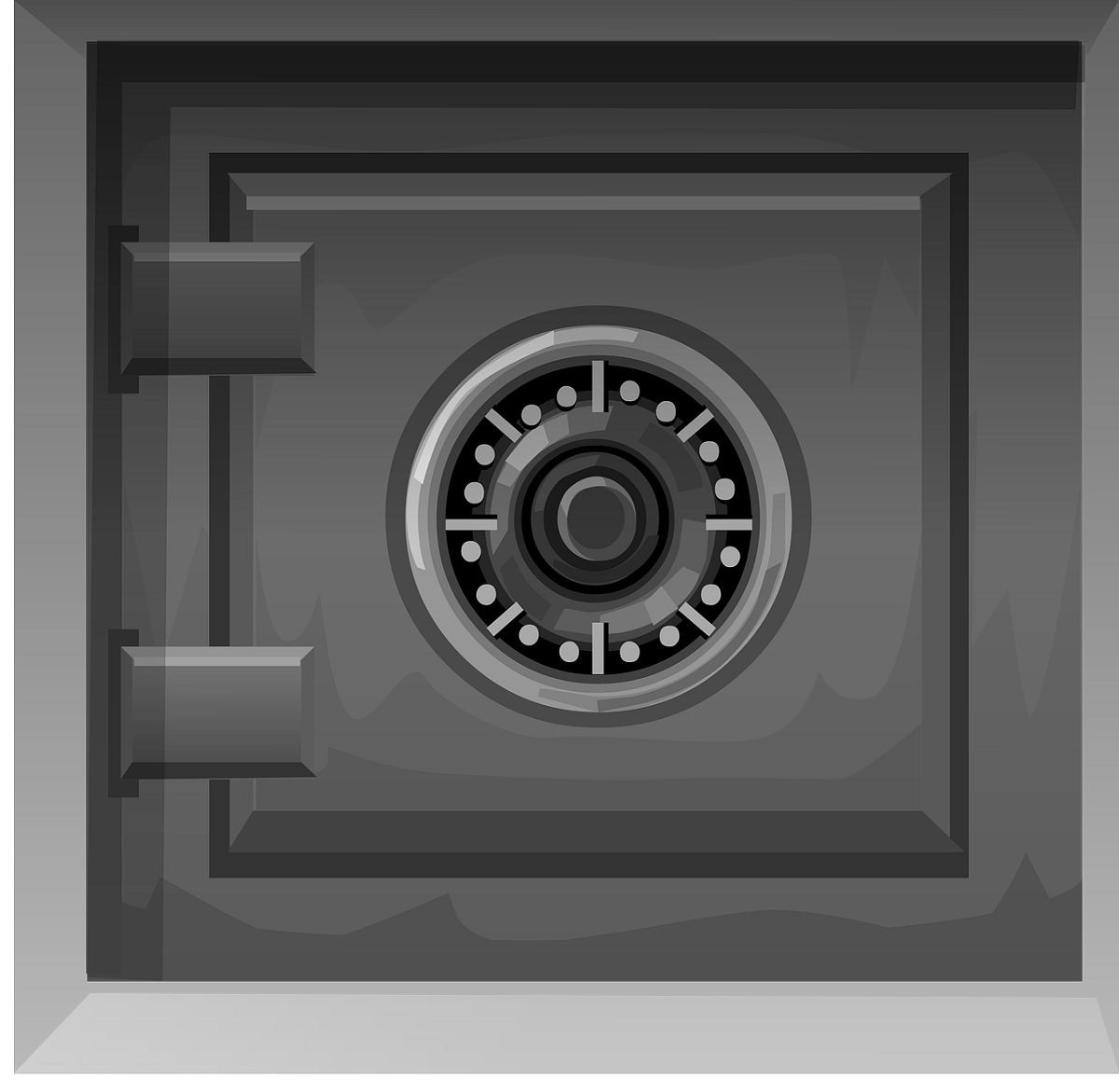
Wall safes are popular for storing a large amount of small important items. These can be built into the wall of your home and can be easily hidden behind a mirror or a painting. You can choose for your wall safe to be under the protection of a lock and key, a digital keypad, or even a combination of both. Not all kinds of wall safes are fireproof and waterproof, so it is best to also store it in a place free from any possible accidents.
However, these cannot fit large items as they usually come divided into sections. They are also not portable, make sure to always photocopy the documents that you place inside of the safe in the case of any natural disasters that may prevent you from having access to it. The kind of material these safes are made of is important, do your research to ensure that you are getting the highest quality from professional stainless steel and aluminum suppliers.
Diversion Safe
A diversion safe is one that is disguised as another item. It can look like a book, but is actually hollowed out on the inside and requires a key to open. It can be disguised as a clock, that can be opened once the right password is encoded. It can even look like a can or a bottle, that can be opened to reveal a tube-like hiding place.
One thing to note is that these kinds of safes can accidentally be stumbled upon, especially if you place them in plain sight. It can also be easily taken by thieves who know that you are hiding something important inside of it. These are not the kinds of safes to use if you want to store extremely important documents. Use these safes at your own risk.
Kinds of Locks
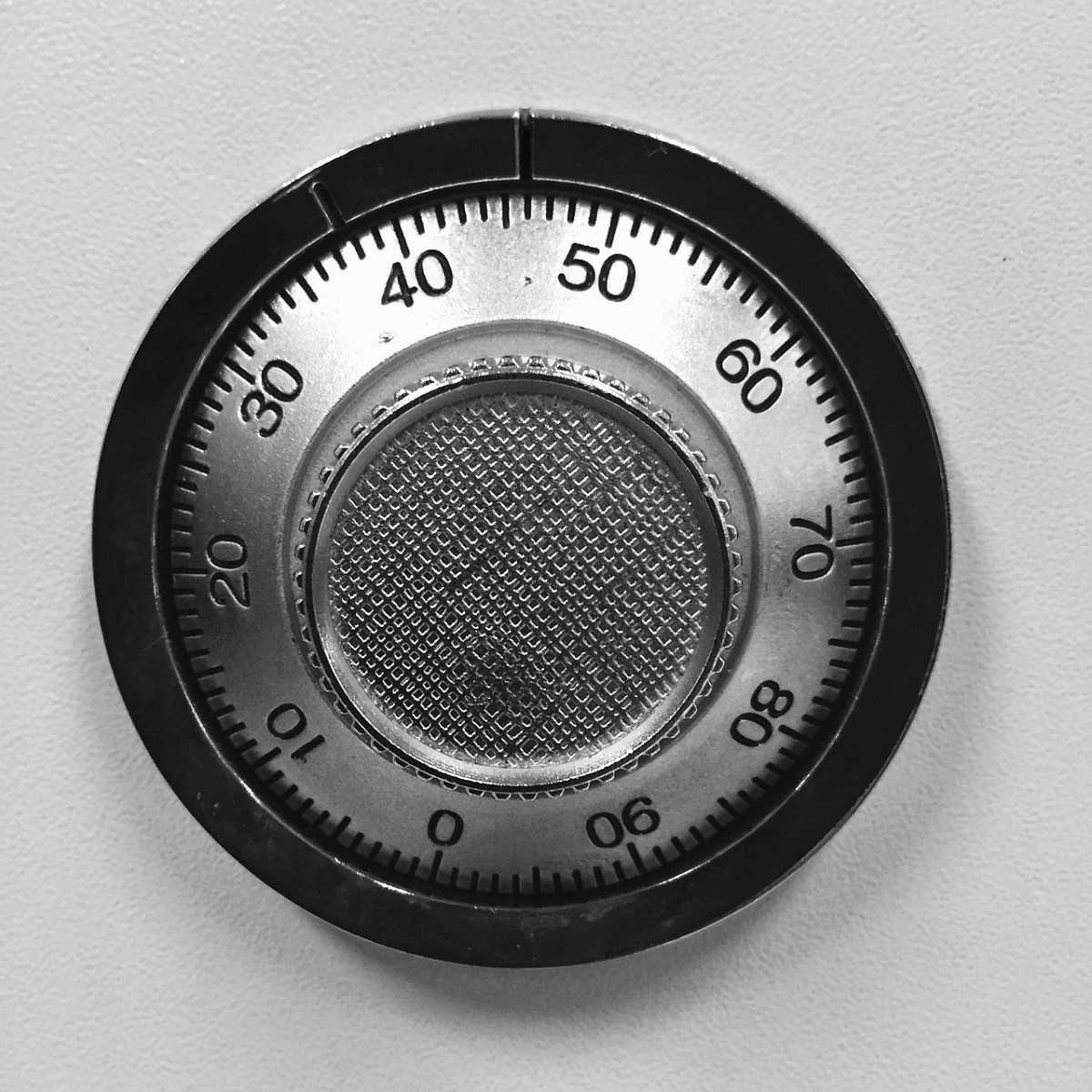
Besides the kind of material that the safe is made of as well as where you will be hiding it, it is important to note the kind of locks they have. Here is a list of locks that you can choose from:
- Lock and Key
- Pros: can only be opened with the right key
- Cons: can be picked open with the right skill
- Digital Keypad
- Pros: only opens with the right password
- Cons: easy to get into once password is figured out
- Biometric
- Pros: can only open with a registered fingerprint
- Cons: fingerprints can be lifted off of different items
- Combination Dial Lock
- Pros: needs a certain combination to enter
- Cons: combination can be deciphered through certain tricks
- Dual Lock
- Pros: can be a combination of two locks, gives double protection
- Cons: harder to open in the case of a forgotten password or a lost key
Key Takeaway
The kind of safe you should buy will depend on what you will be keeping inside of it and where you will be placing it. In the Philippines, stainless steel safes can be found in a number of establishments. Take a look around and keep in mind these kinds of safes to find the one best fit for you.


